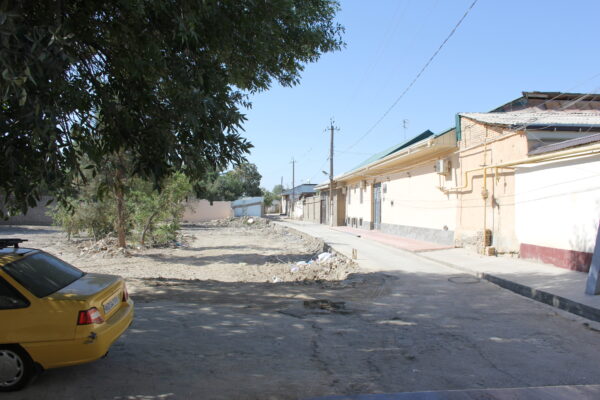Forced evictions began in the spring in the neighborhood adjacent to the modest al-Maturidi mausoleum. Then the demolition began.
Beyond the narrow alleys of the mahalla east of Samarkand’s famed Registan, past ladas parked beside irrigation ditches and high walls hiding garden courtyards, what was once a neighborhood adjacent to a modest mausoleum is now a barren landscape.
Despite months of warnings and concerns aired from both abroad and domestically, a part of Samarkand was quietly demolished even as visitors flocked to its grand attractions.
Samarkand – branded at present as the “cultural capital of the Islamic world” – just hosted UNESCO’s 43rd General Conference. It was the first time the biannual conference had been held outside of Paris since the 1980s, a great honor for Uzbekistan.
UNESCO – the United Nations Educational, Scientific and Cultural Organization – is dedicated to “strengthening our shared humanity through the promotion of education, science, culture, and communication.”
The organization lists “safeguarding heritage” as a key part of its work.
In Samarkand, one of the oldest continuously inhabited settlements in the region, history is deeply layered: from pre-Islamic roots to the dizzying heights of Timur’s empire to Russian colonization and Soviet domination, every section of the city has a story to tell. And all of those stories live on in the people who call Samarkand home.
But as Uzbekistan seeks to define its present, it risks paving over parts of its past.
Continue Reading on The Diplomat
This preview shows approximately 15% of the article. Read the full story on the publisher's website to support quality journalism.
